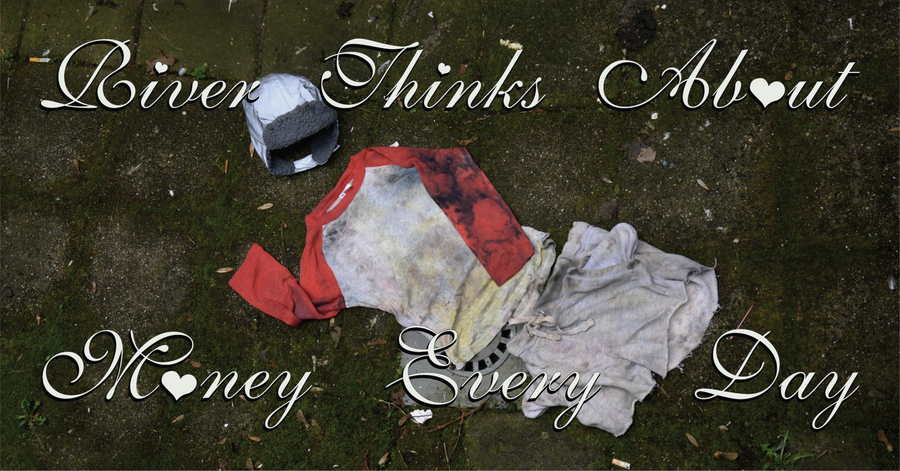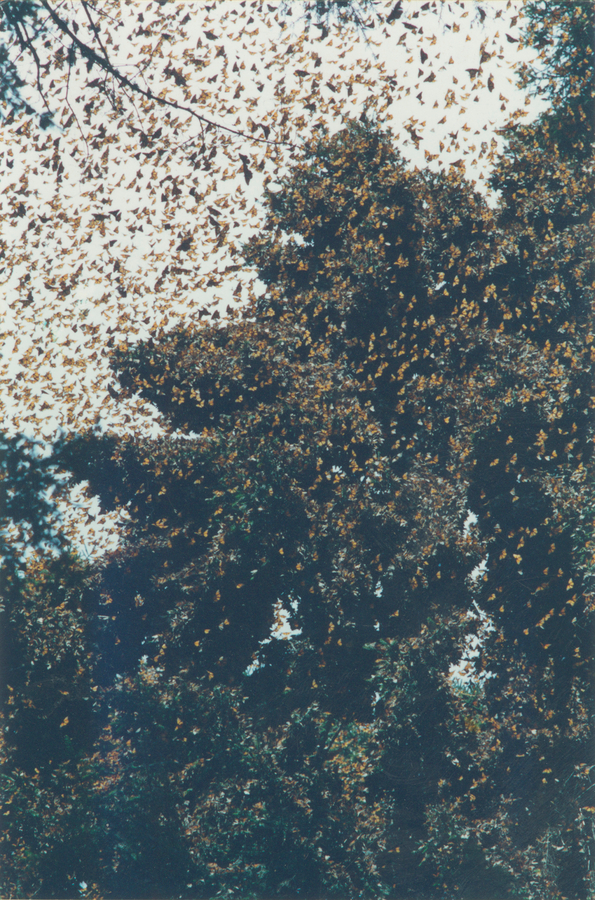Nicole Coon, Jenni Crain, Lili Huston-Herterich In an Archipelago

In an Archipelago features works by Lili Huston-Herterich (Rotterdam), Nicole Coon (Toronto), and Jenni Crain (New York) that explore notions of process, duration, and temporality within an artist’s practice. This multi-site presentation on four billboards and at Pumice Raft gallery considers how the language and metaphors of photography contribute to multifaceted approaches to documentation.

How can an artwork become evidence of a process rather than a finished product? Temporality, which enables an artist’s practice to continue over time, is a durational unfolding where objects exist in a constant state of change that depends on and adapts to their social, spatial, and material contexts. These three artists embrace methods of capturing moments or events that are site-responsive, embodied, and grounded in uncertainty.
In A room with four people (2021), Lili Huston-Herterich presents a series of photographs on four billboards along Ryding Avenue and Runnymede Road, which are located near Pumice Raft. Drawing on methods of character and narrative development through the arrangement of found clothing as bodily forms, each billboard represents one of four characters, each with their name and characteristics presented in text alongside their image. The typefaces used mimic the signs of local businesses in the surrounding area to echo their shared history of textile manufacturing. In the gallery, Huston-Heterich’s manuscript of a play starring these four characters explores cycles of use, labour, and refuse.
Nicole Coon’s site-specific work Sand Sketches cast in plaster #1–4 (2021) is installed as screens for the gallery’s fluorescent light fixtures. The resin casts are made from drawings in sand—the traces of an embodied experience. Whether or not these drawings were executed with a tool or simply a finger, each line is evidence of an impression that adds ideas, feelings, and sensations to a mental image of an event or activity. Through transparency and backlight, Coon transforms her intuitive and playful sketches into liminal images that exist somewhere between an illuminated negative and an embodied sculpture.

Working with the materials of museum displays and structures, Jenni Crain’s Untitled (2021) responds to the architectural features of Pumice Raft. Taking its proportions from the gallery’s south-facing windows, this minimal sculpture is meant to bring awareness to the viewer’s relationship to their surroundings—how they feel in the space, and their corporeal relation to the work itself. Crain’s work functions as a form of documentation, pointing toward a reading of architecture and space itself as temporal entities that are forever shifting in relation to past, present, and forthcoming influences. These three artists understand artworks as containers for an unfolding process and history of relation animated by narrative, embodied action, and material transformation. Like an archipelago, the sum of these works constitutes a reciprocal ecology, one that elaborates on photographic grammar to create productive connections, entanglements, and multiplicities.
Curated by Parker Kay